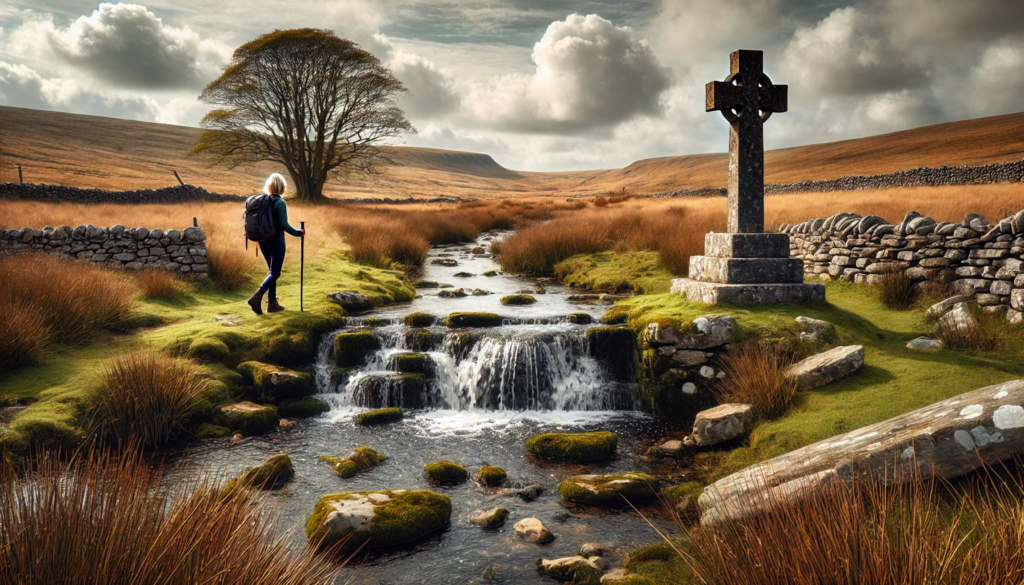ChatGPT:
Dartmoor National Park: Overview
Dartmoor National Park is a vast moorland in southern Devon, England, covering 954 square kilometers (368 square miles). It is characterized by rugged terrain, granite tors, open moorlands, river valleys, and dense woodlands. The park is home to unique wildlife, cultural heritage, and archaeological sites, with a rich history dating back thousands of years.
Origin and Geological History
• Formation: Dartmoor’s landscape was shaped around 280 million years ago during the Carboniferous period. It consists primarily of granite, an igneous rock formed deep beneath the Earth’s surface. Over millions of years, erosion exposed the granite, forming distinctive tors and valleys.
• Tors: These rocky outcrops, such as Haytor and Hound Tor, are the result of weathering processes like freeze-thaw cycles. They are iconic landmarks of Dartmoor.
• Glacial Influence: The moorland features owe much to the last Ice Age, which shaped the valleys and contributed to the area’s unique ecosystems.
Human History and Archaeology
• Prehistoric Period: Dartmoor has been inhabited for over 10,000 years. Evidence of Mesolithic hunter-gatherers, Neolithic stone circles, and Bronze Age settlements are widespread. Key sites include:
• Grimspound: A well-preserved Bronze Age settlement.
• Stone Circles: Such as Scorhill and Grey Wethers, which suggest ceremonial significance.
• Medieval Period: By the medieval era, the landscape was used for farming, and remnants of longhouses and fields can still be seen today.
• Mining History: Tin mining was a major industry during the Middle Ages and into the 19th century. Many of Dartmoor’s streams were mined for tin, leaving behind leats (water channels) and ruins.
Development as a National Park
• 19th Century Awareness: The Romantic Movement and writers such as Sir Arthur Conan Doyle (author of The Hound of the Baskervilles) brought attention to Dartmoor’s wild beauty, making it a subject of fascination.
• Designation as a National Park (1951): Dartmoor became one of the first National Parks in England, protected for its natural beauty, historical significance, and recreational opportunities.
• Conservation Efforts: Over the decades, there has been a strong focus on balancing conservation with public access. Dartmoor is a designated Site of Special Scientific Interest (SSSI) and part of Natura 2000, a network of protected areas in Europe.
• Military Use: Portions of Dartmoor are still used for military training, a practice that began in the 19th century. This has been a point of contention but is carefully managed.
Cultural and Ecological Importance
• Wildlife: Dartmoor is home to rare species, including the Dartmoor ponies, bats, and various birds like the peregrine falcon and skylark.
• Local Communities: Small towns and villages, such as Princetown, Tavistock, and Widecombe-in-the-Moor, maintain a rich cultural heritage, with local crafts, fairs, and traditions.
• Tourism and Recreation: Dartmoor attracts visitors for hiking, climbing, horse riding, and wild camping (the only National Park in England where limited wild camping is allowed).
Challenges and Future
• Conservation Challenges: Dartmoor faces issues such as overgrazing, erosion, and the impact of tourism. Climate change also poses risks to its ecosystems.
• Sustainable Tourism: Efforts are underway to promote responsible tourism while protecting the park’s natural and cultural assets.
Dartmoor remains a symbol of England’s wild landscapes, combining natural beauty with profound historical depth.
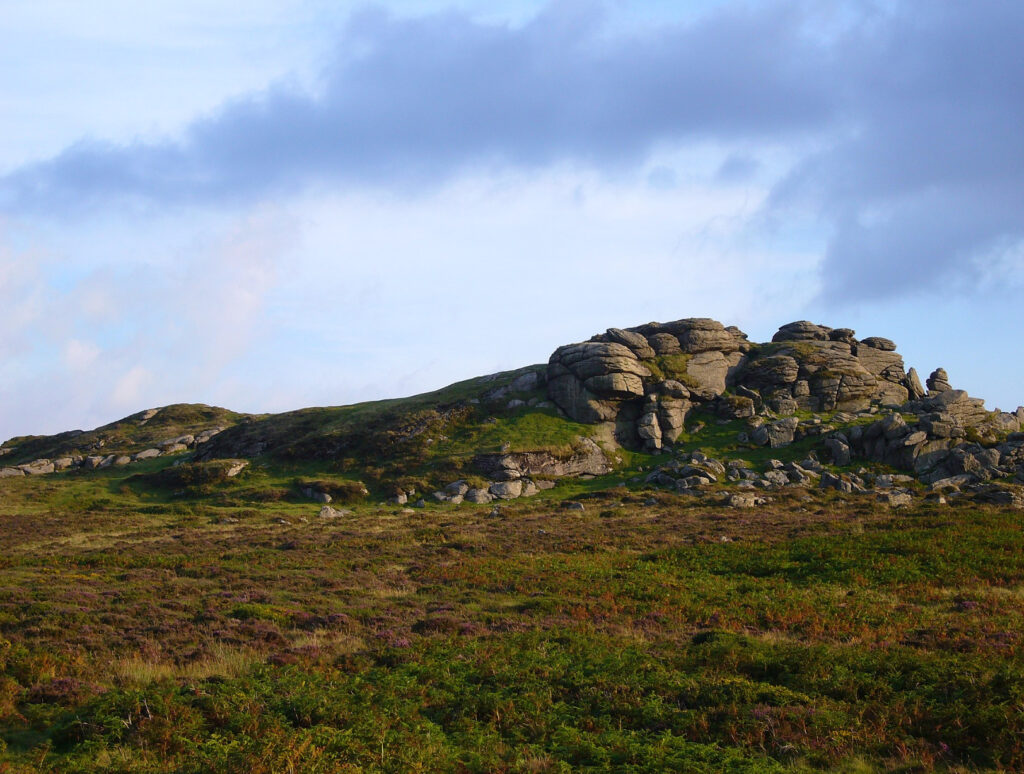
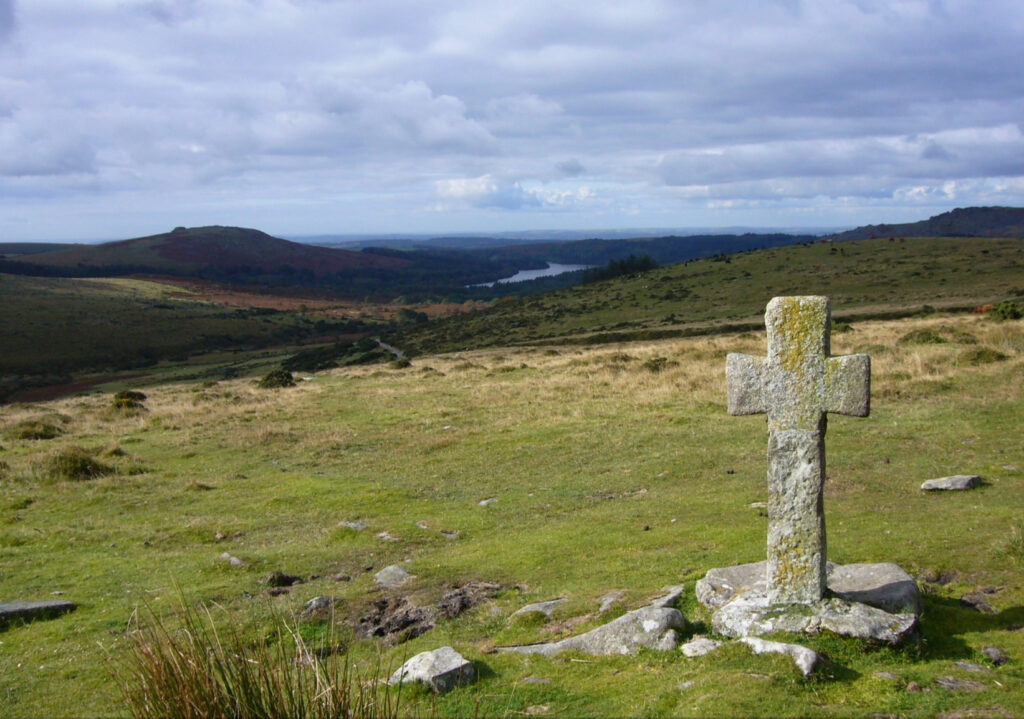
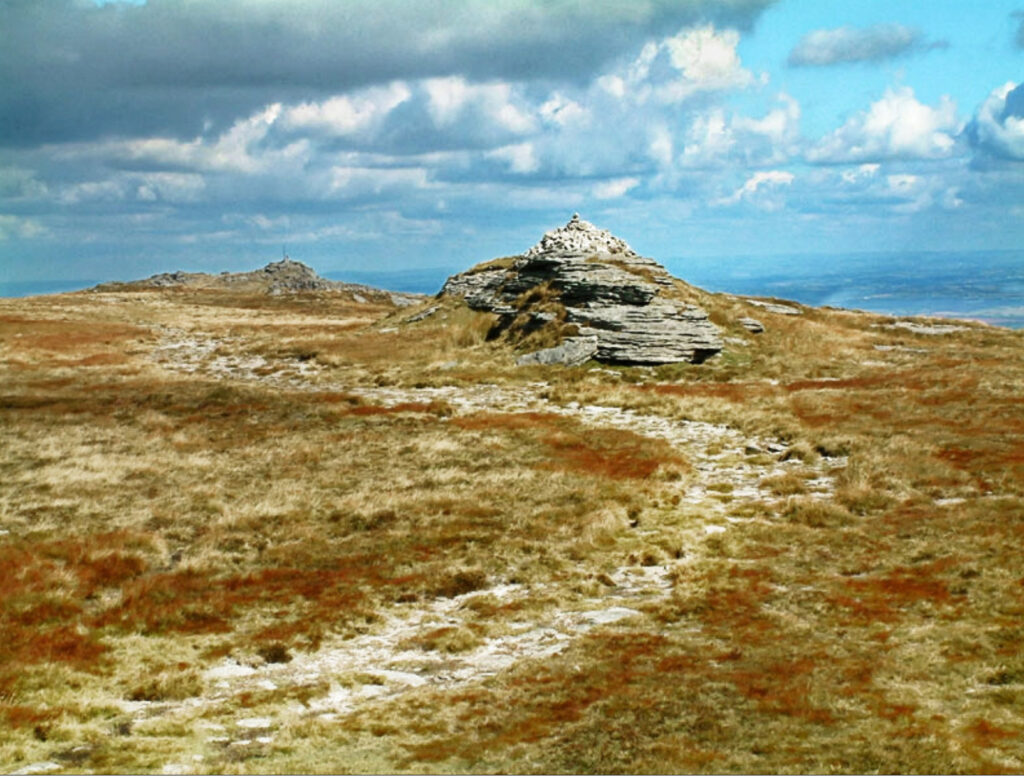
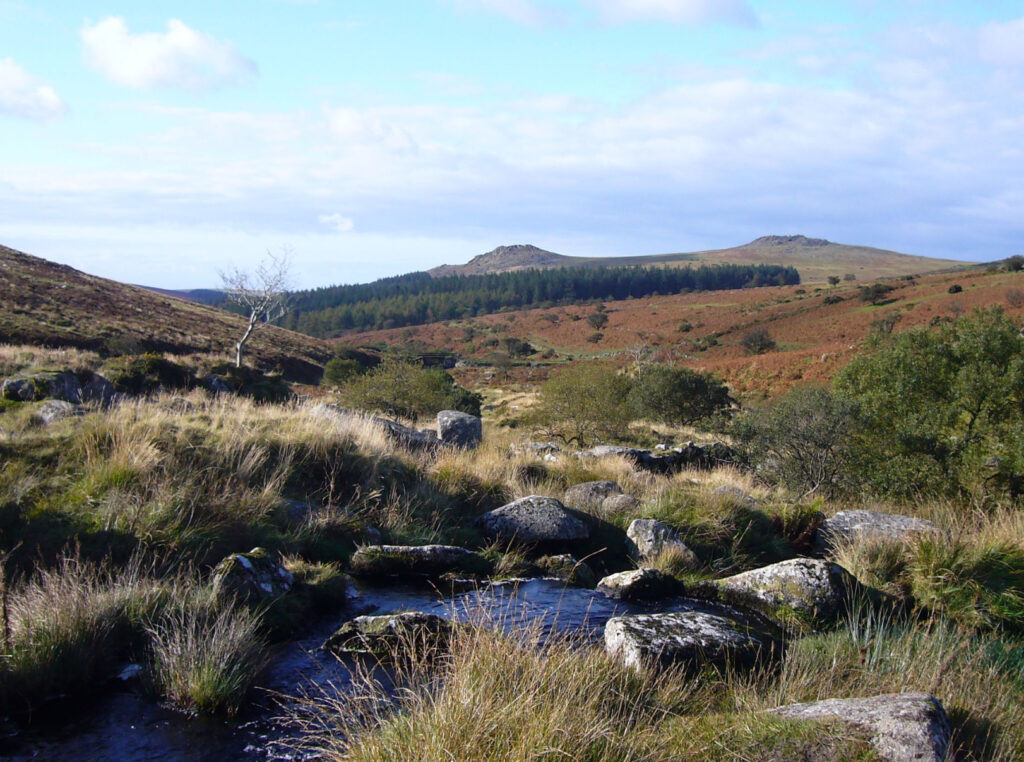
Major Historical Sites in Dartmoor National Park
1. Grimspound
• A Bronze Age settlement with 24 hut circles surrounded by a low stone wall. It’s one of Dartmoor’s best-preserved prehistoric sites.
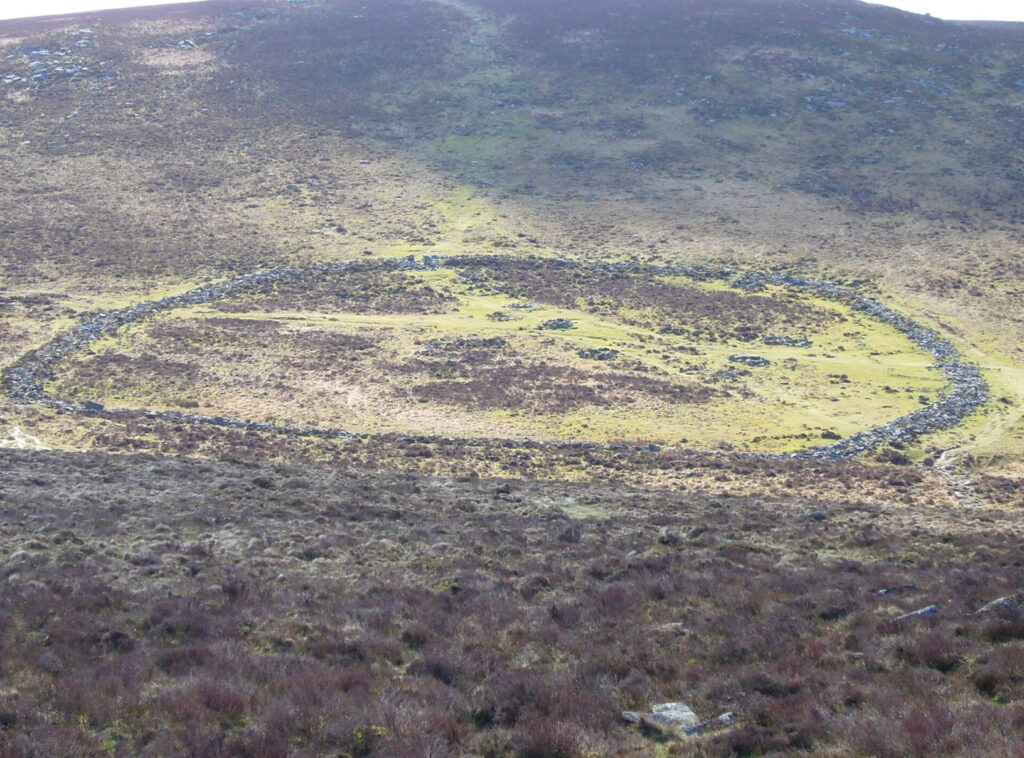
2. Stone Circles
• Scorhill Stone Circle: A mystical Bronze Age site near Gidleigh.
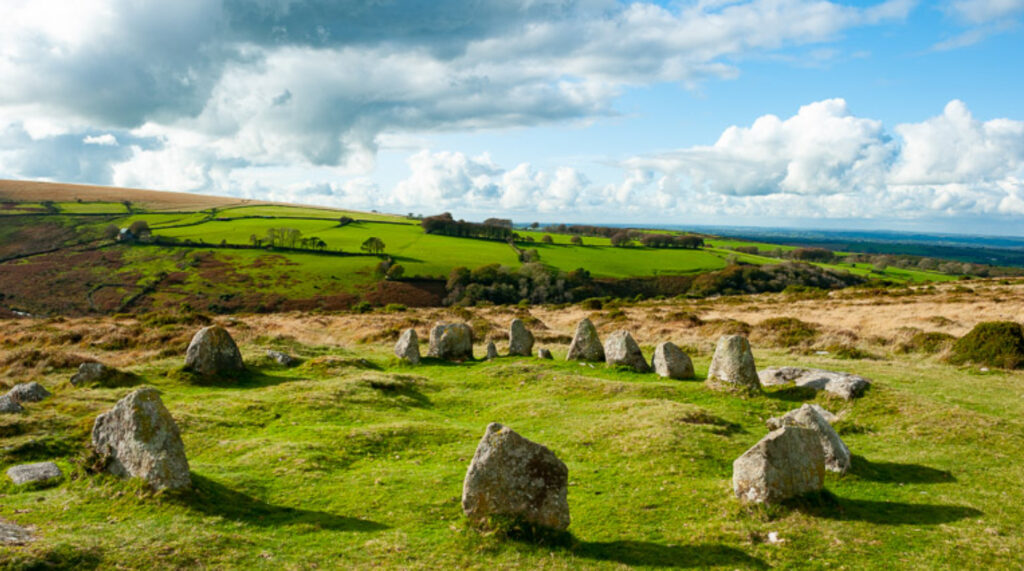
• Grey Wethers Stone Circles: Twin stone circles near Postbridge, thought to have been used for ceremonial purposes.
3. Hound Tor Deserted Medieval Village
• The ruins of a medieval settlement abandoned in the 14th century, offering a glimpse into life in the Middle Ages.
4. Buckfast Abbey
• A working Benedictine monastery near the edge of Dartmoor, famous for its gardens and peaceful setting.
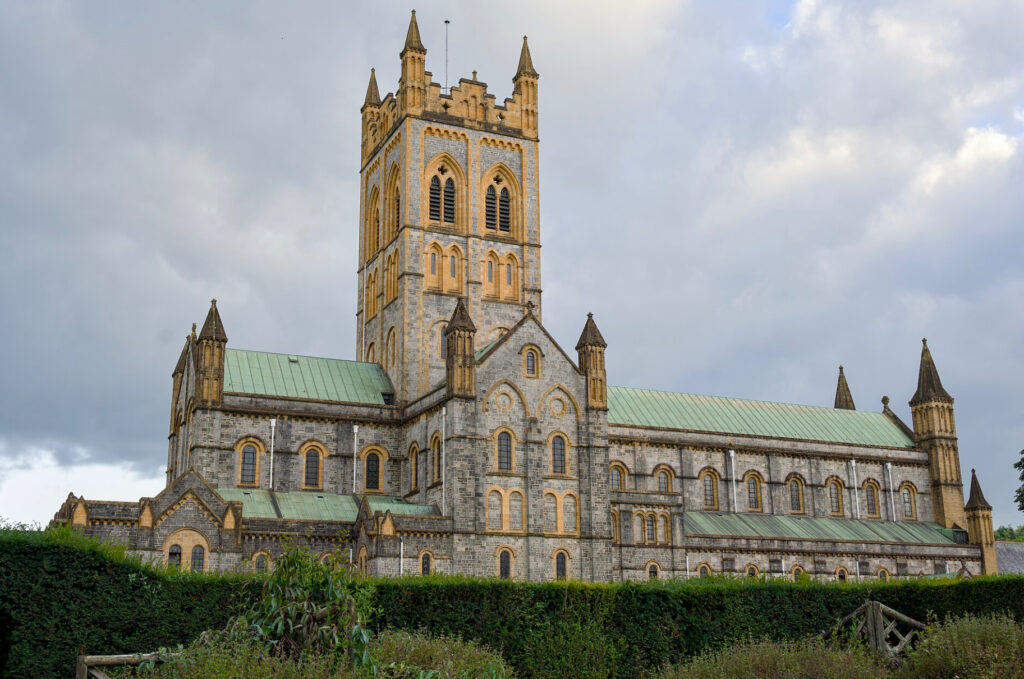

5. Lydford Castle and Saxon Town
• A Norman castle and a Saxon village site with a tumultuous history, including its use as a prison during the medieval period.
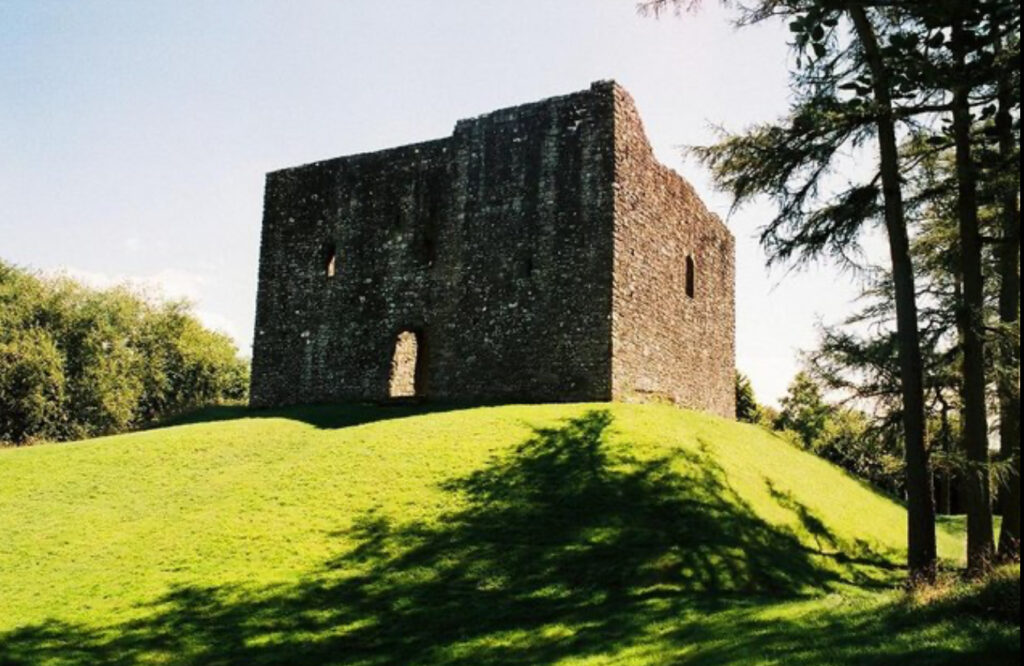
6. Tin Mining Remnants
• Sites like Eylesbarrow Tin Mine showcase Dartmoor’s rich mining history. Many old mine workings, leats, and stamping mills are scattered across the park.
7. St Michael de Rupe Church (Brentor)
• A tiny medieval church perched on a volcanic hill, offering panoramic views of Dartmoor and the surrounding countryside.
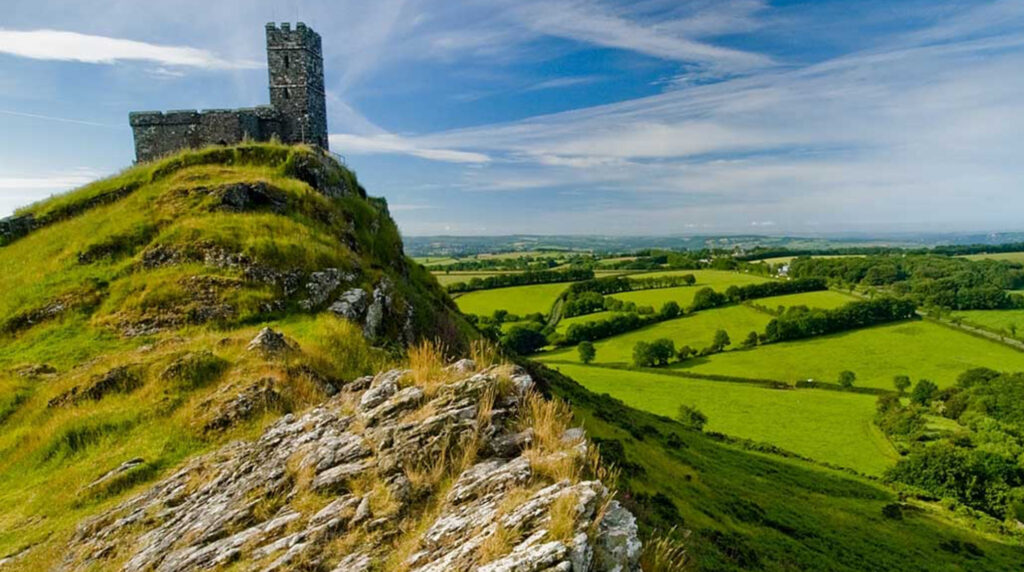
8. Foggintor Quarry
• A historical granite quarry that provided stone for iconic structures such as London Bridge. Now a scenic spot for walkers.
Major Towns and Villages
1. Tavistock
• A charming market town and UNESCO World Heritage Site as part of the Cornwall and West Devon Mining Landscape. Notable for its pannier market, Tavistock Abbey ruins, and links to Sir Francis Drake.
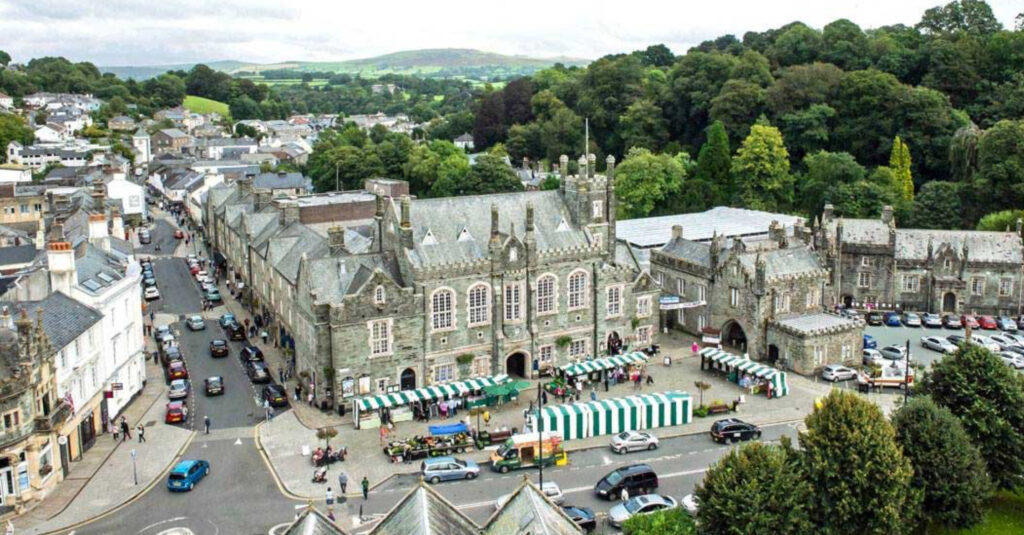
2. Princetown
• Famous for Dartmoor Prison and the Dartmoor National Park Visitor Centre, which provides information about the area’s history and ecology.
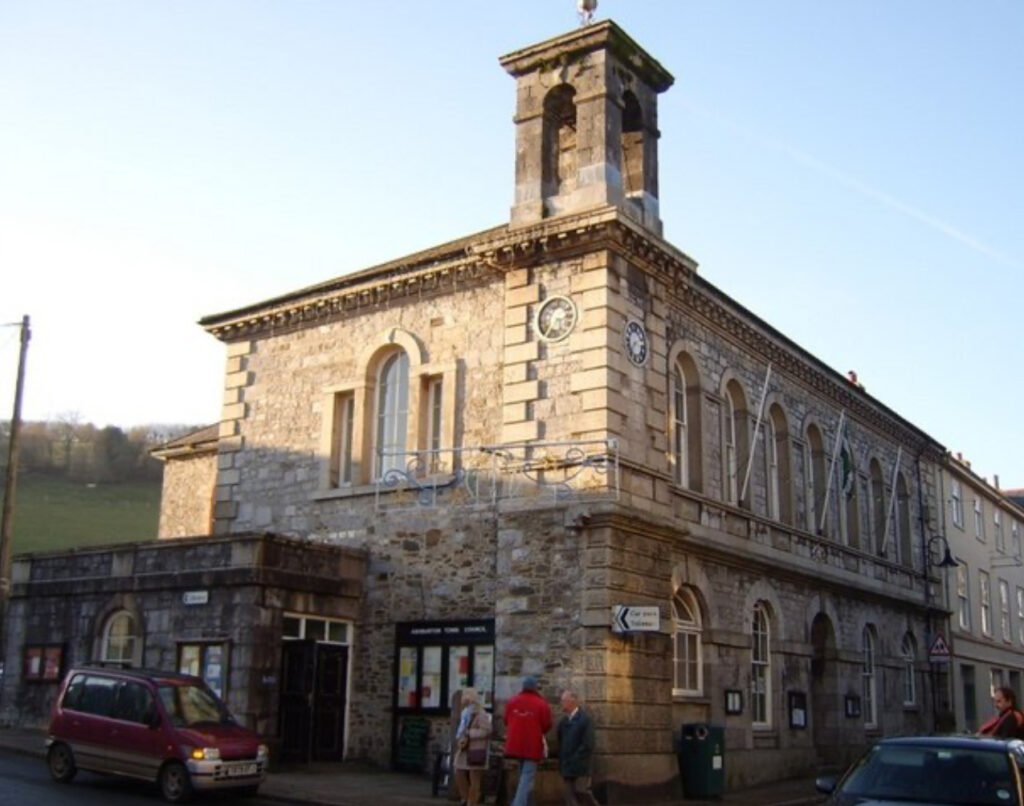
3. Widecombe-in-the-Moor
• Known for its 14th-century church, “The Cathedral of the Moor,” and the annual Widecombe Fair, celebrated in local folklore.
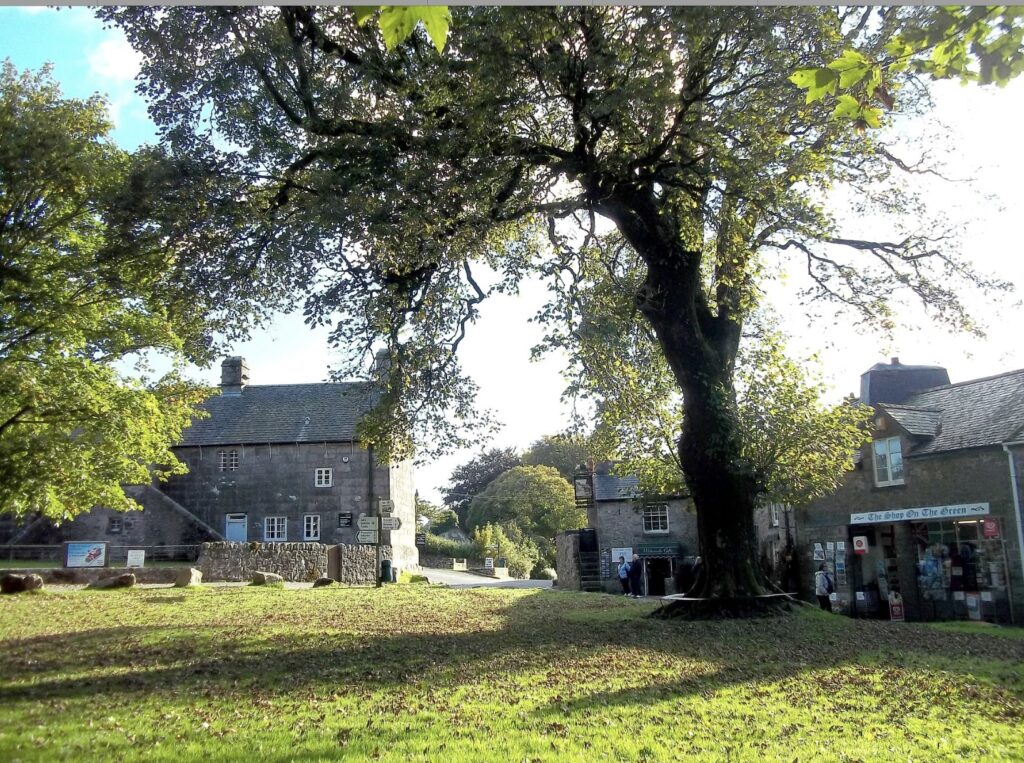
4. Ashburton
• A vibrant town with antique shops and historic buildings, often considered the “Gateway to Dartmoor.”
5. Moretonhampstead
• A picturesque town with a medieval history, offering access to nearby hiking trails and traditional pubs.
6. Chagford
• A quaint market town with historical charm, known for its arts scene, local food shops, and St Michael’s Church.
7. Lydford
• A small village with connections to the Saxon era, close to Lydford Gorge.
Top Tourist Attractions
1. Haytor Rocks
• One of the most iconic granite tors, offering stunning views and popular for hiking and climbing.
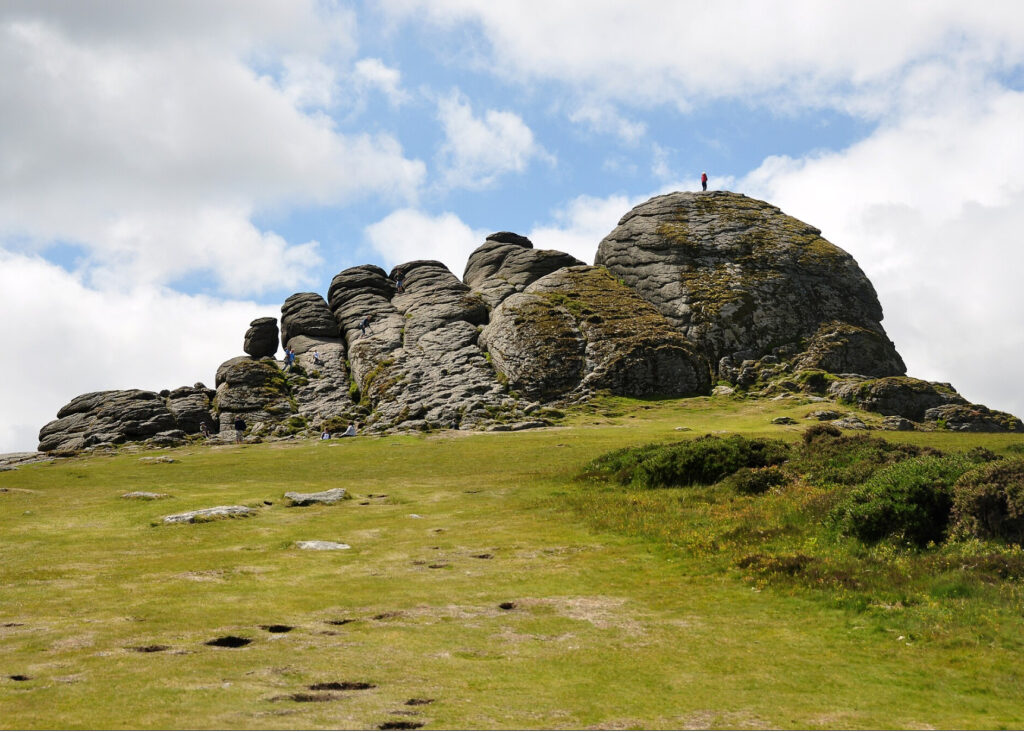
2. Postbridge Clapper Bridge
• A well-preserved medieval clapper bridge, a testament to Dartmoor’s historic routes.
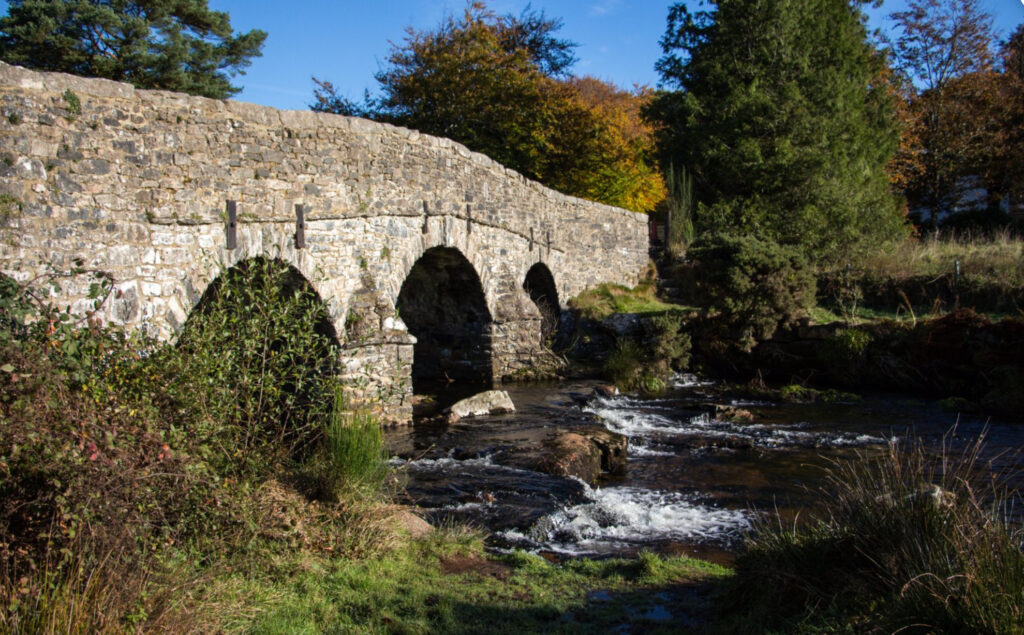
3. Dartmoor Prison Museum
• A fascinating museum showcasing the history of the infamous prison and its inmates.

4. Lydford Gorge
• A National Trust property with a dramatic gorge, woodland trails, and the impressive White Lady Waterfall.
5. Wistman’s Wood
• An ancient, moss-covered oak woodland filled with atmospheric beauty and folklore.
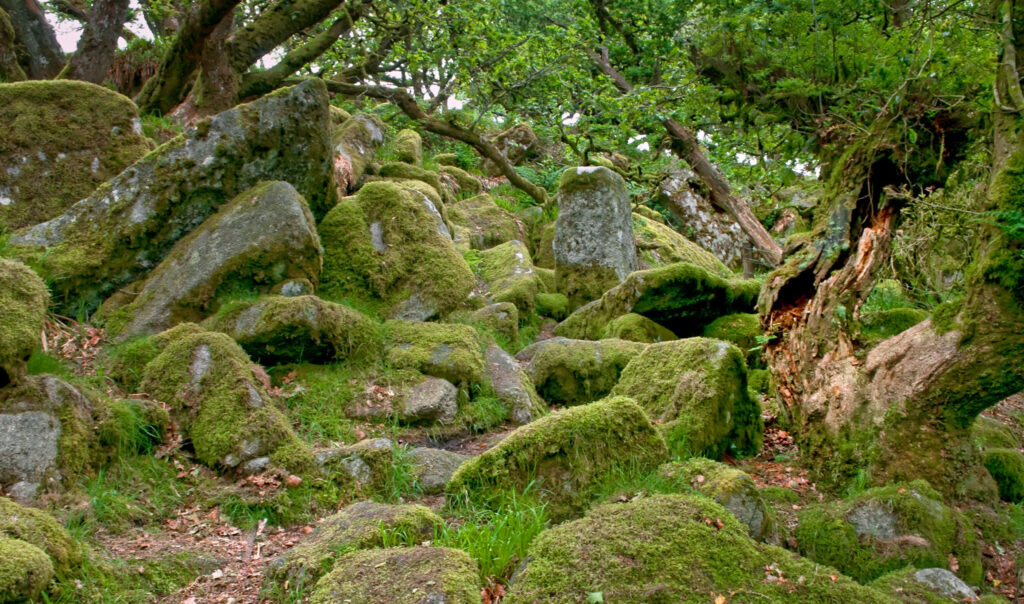
6. Bellever Forest
• A peaceful spot for walking, cycling, and picnicking, with trails leading to archaeological sites like Bellever Tor.
7. Fernworthy Reservoir and Stone Circle
• A scenic spot combining a tranquil reservoir with access to a Neolithic stone circle and walking trails.
8. Buckland Abbey
• A National Trust property that was once home to Sir Francis Drake, located just outside Dartmoor.
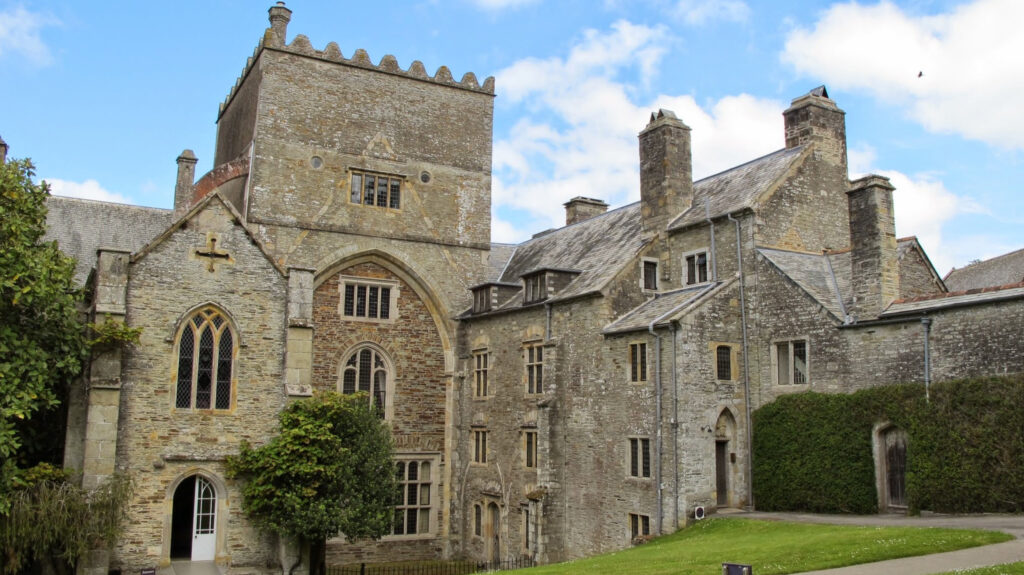
9. Castle Drogo
• A striking 20th-century granite castle designed by Edwin Lutyens, perched on the edge of the Teign Gorge.
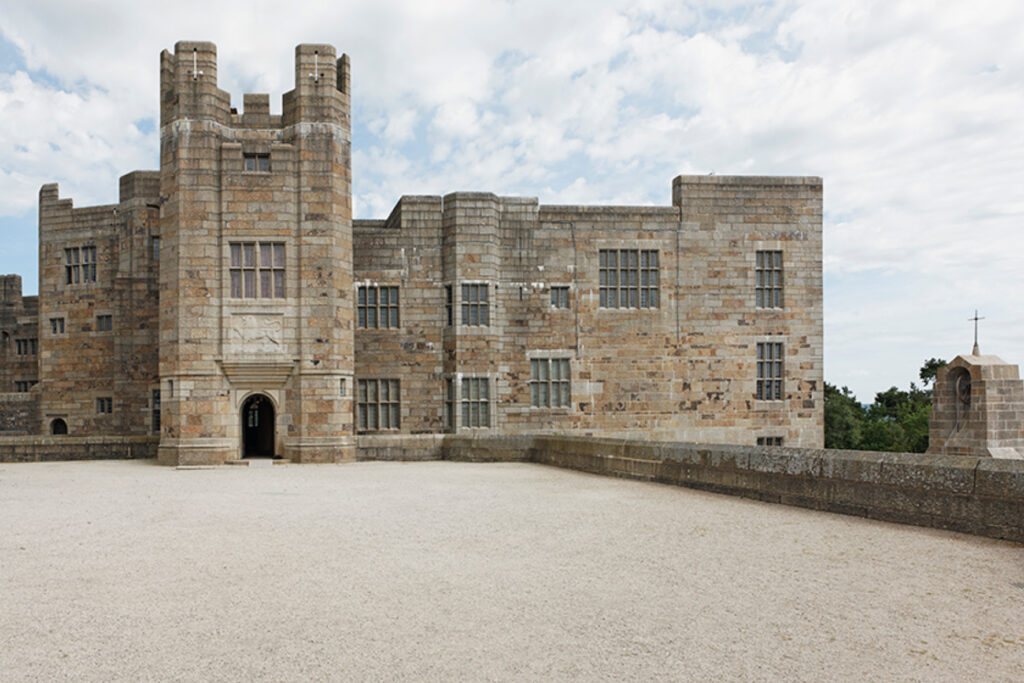
10. Dartmeet
• A picturesque location where two rivers meet, popular for picnicking, stepping stones, and photography.
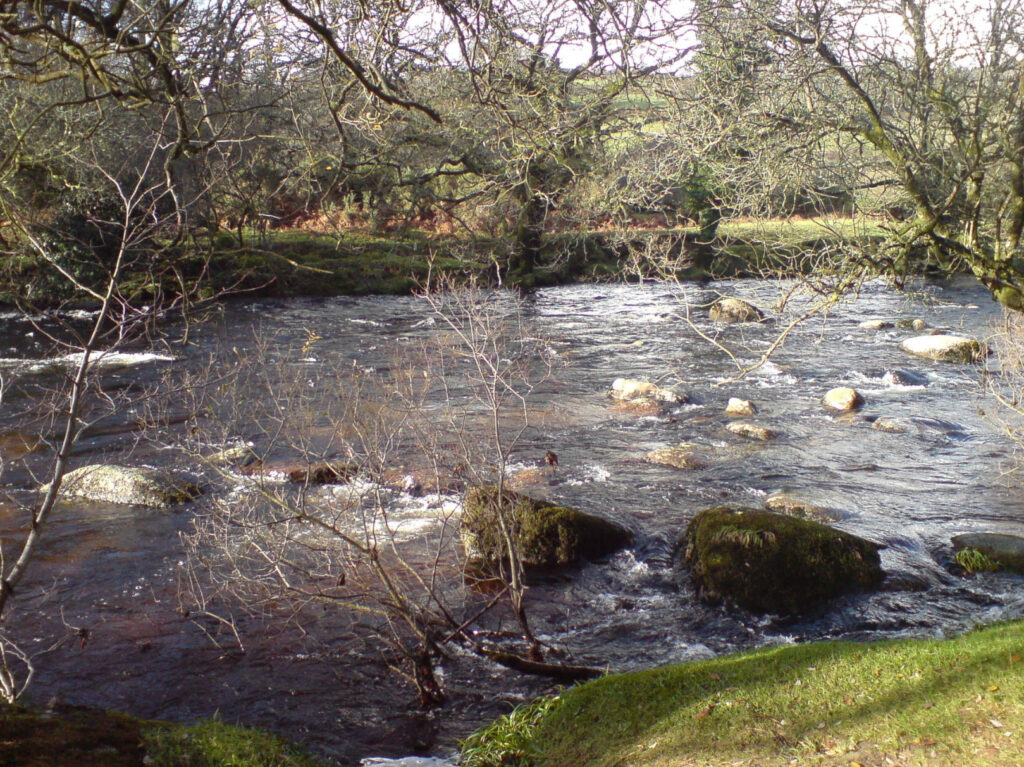
Unique Experiences
• Wild Camping: One of the few places in England where wild camping is legally permitted, offering a true back-to-nature experience.
• Hiking: Trails like the Two Moors Way or walks to tors like Yes Tor and High Willhays, the highest points on Dartmoor.
• Dartmoor Ponies: Spotting these iconic semi-wild ponies, a symbol of the park.
Dartmoor’s historical depth, natural beauty, and cultural charm make it a diverse destination for history buffs, hikers, and nature lovers alike.
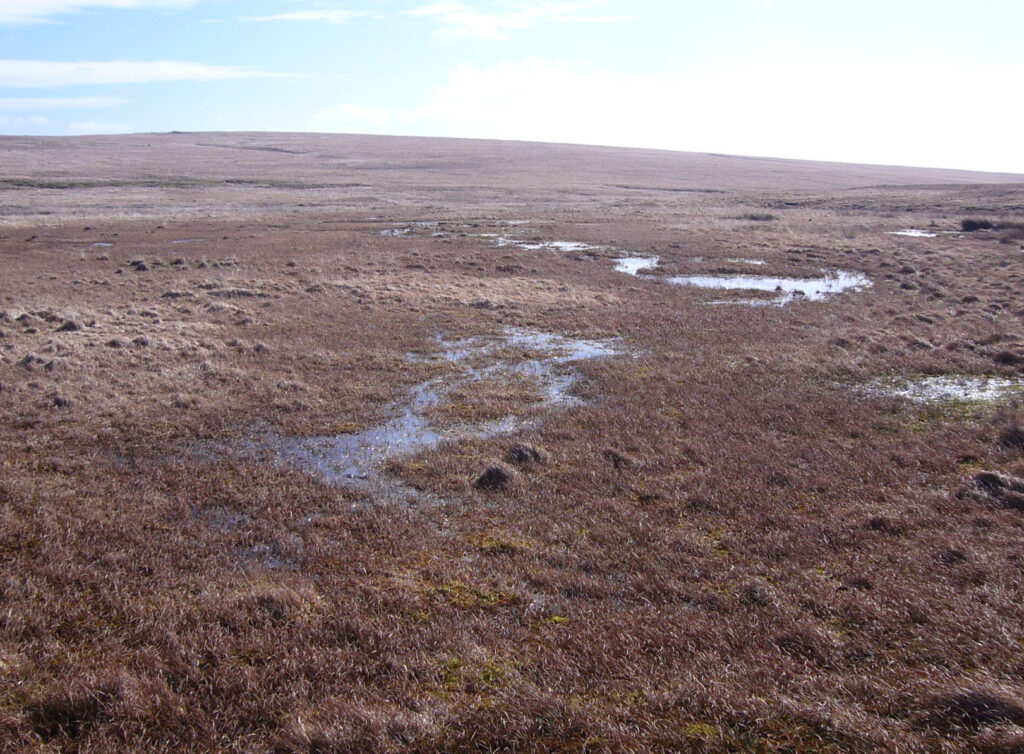
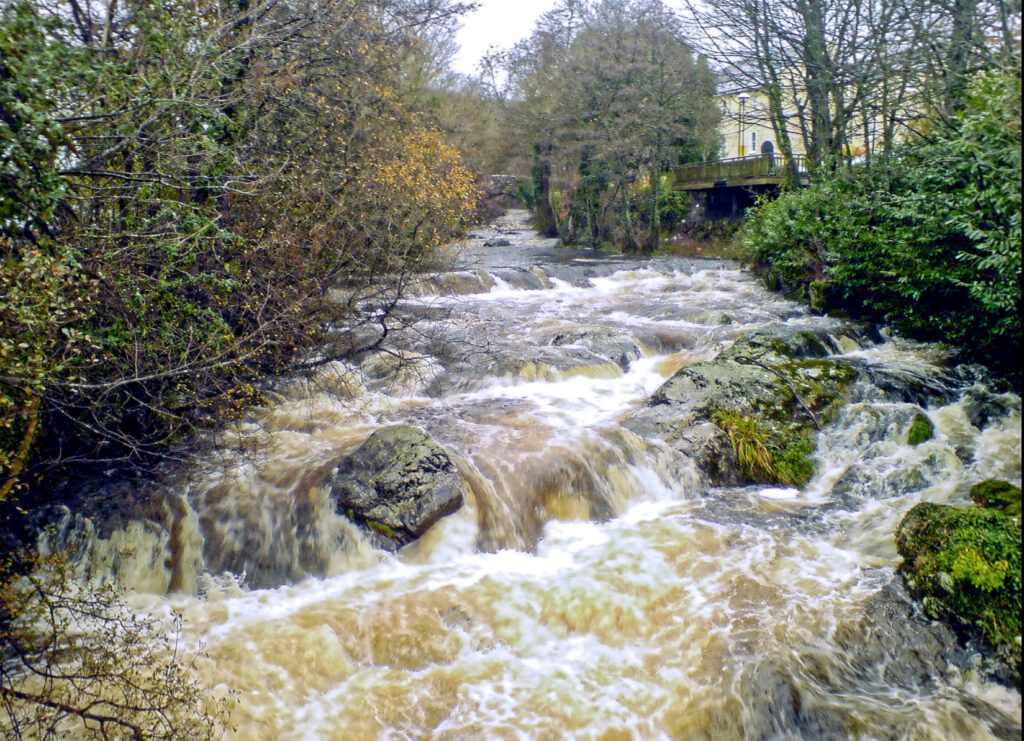
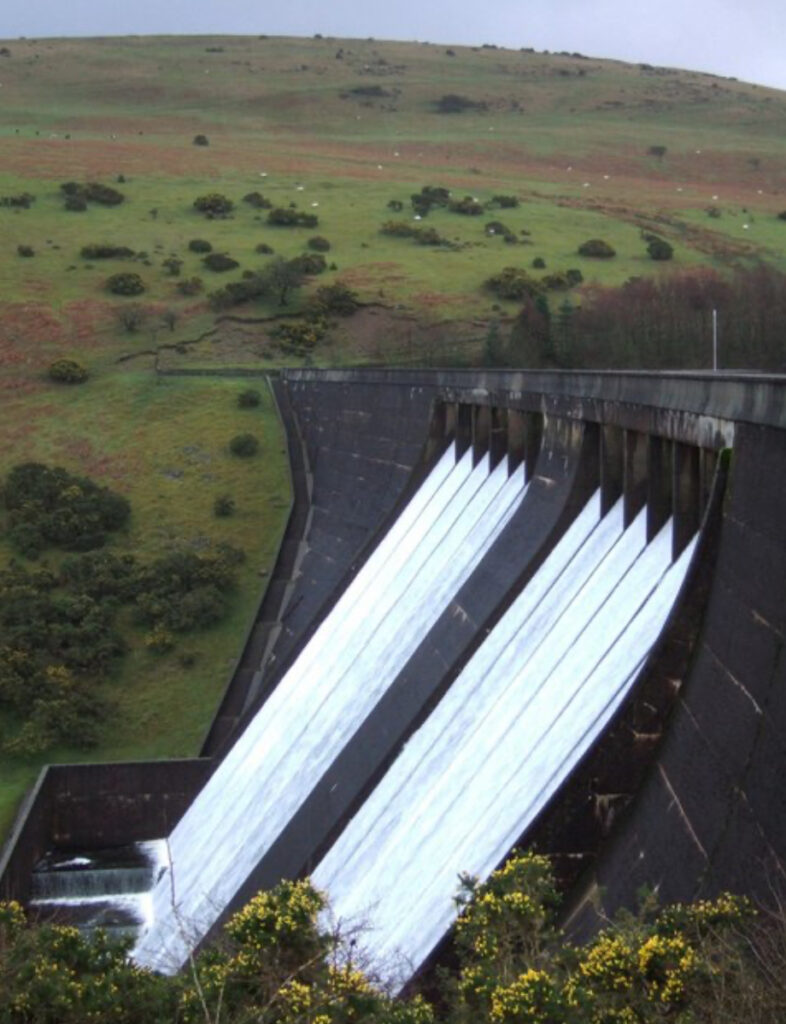
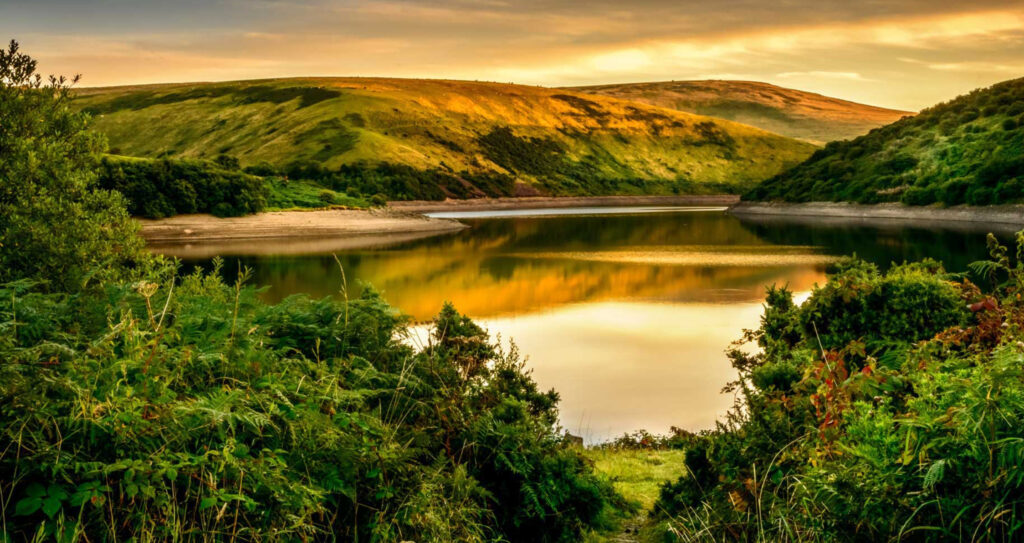
Three-Day Itinerary for Visiting Dartmoor National Park
This itinerary offers a perfect mix of history, moderate hiking, and natural beauty, while incorporating Castle Drogo, Buckland Abbey, and stays at unique accommodations. Local food specialties are woven throughout the journey.
Day 1: Eastern Dartmoor – Iconic Tors and Historical Villages
Morning
1. Haytor Rocks
• Begin your adventure with a moderate hike to the iconic Haytor Rocks, offering panoramic views of Dartmoor.
• Hike Duration: ~1 hour, 2 km (1.2 miles) loop.
• Visit the nearby remains of the Granite Tramway, which highlights Dartmoor’s industrial history.
2. Widecombe-in-the-Moor
• Drive (~15 minutes) to this charming village.
• Explore the 14th-century St Pancras Church, known as the “Cathedral of the Moor,” and stroll through the village’s craft shops.
• Lunch: Enjoy a traditional Devon cream tea or a hearty lunch at The Old Inn, featuring local specialties like Dartmoor lamb stew.
Afternoon
3. Grimspound Bronze Age Settlement
• Continue to Grimspound, a prehistoric settlement with 24 hut circles. This site provides insight into Dartmoor’s ancient history.
• Hike Duration: ~1 hour, 1.6 km (1 mile) round trip.
4. Castle Drogo
• Drive (~30 minutes) to Castle Drogo, a 20th-century granite masterpiece by Sir Edwin Lutyens.
• Take a guided tour of the castle and enjoy a short walk through the Teign Gorge.
• Hike Duration (optional): ~2 hours, 4 km (2.5 miles) to Sharp Tor for stunning views.
Evening
5. Overnight at Gidleigh Park Hotel
• Stay at the luxurious Gidleigh Park Hotel, nestled in a wooded valley near Chagford. Known for its unique charm, beautiful gardens, and world-class dining.
• Dinner: Savor an exquisite meal featuring local ingredients such as wild game or fresh seafood paired with West Country cider.
Day 2: Central Dartmoor – Mystical Landscapes and Historic Tavistock
Morning
1. Wistman’s Wood
• Drive to Wistman’s Wood, a mystical, moss-covered ancient oak woodland steeped in folklore.
• Hike Duration: ~2 hours, 4 km (2.5 miles) round trip, moderate terrain.
2. Princetown and Dartmoor Prison Museum
• Visit the Dartmoor Prison Museum in Princetown to learn about the notorious prison’s history and its impact on the moorland community.
• Lunch: Enjoy a hearty meal at The Plume of Feathers, a historic inn offering dishes like Dartmoor venison pie or Exmoor Blue Cheese salad.
Afternoon
3. Lydford Gorge
• Explore Lydford Gorge, England’s deepest gorge managed by the National Trust. Highlights include the dramatic White Lady Waterfall and Devil’s Cauldron.
• Hike Duration: ~2-3 hours, 4.8 km (3 miles) circular walk, moderate difficulty.
4. Tavistock
• Drive to the UNESCO World Heritage market town of Tavistock, known for its pannier market and links to Sir Francis Drake.
• Take a short walk along the River Tavy and visit Tavistock Abbey ruins.
Evening
5. Overnight at The Bedford Hotel, Tavistock
• Stay at The Bedford Hotel, a historic inn with elegant rooms and a long-standing reputation for hospitality.
• Dinner: Enjoy local specialties at the hotel’s restaurant, such as Tavistock-reared beef or trout from Dartmoor streams.
Day 3: Southern Dartmoor – Buckland Abbey and Scenic Highlights
Morning
1. Buckland Abbey
• Drive (~30 minutes) to Buckland Abbey, the former home of Sir Francis Drake.
• Explore the abbey, its gardens, and the exhibitions showcasing Drake’s life and legacy.
2. Brentor and St Michael de Rupe Church
• Visit the 13th-century St Michael de Rupe Church, perched atop Brentor Hill (~10 minutes from Buckland Abbey).
• Enjoy a short hike to the summit for breathtaking views of Dartmoor.
• Hike Duration: ~30 minutes, 1 km (0.6 miles) round trip.
Afternoon
3. Dartmeet
• Stop at Dartmeet, where the East and West Dart Rivers converge. This scenic spot is perfect for a leisurely stroll or a picnic.
• Lunch: Dine at Badgers Holt, a riverside café offering traditional Devon dishes.
4. Postbridge and Clapper Bridge
• Visit the medieval Clapper Bridge in Postbridge and explore the surrounding area on a gentle hike along the East Dart River.
• Hike Duration: ~1 hour, 2 km (1.2 miles).
Late Afternoon
5. Fernworthy Reservoir and Stone Circle
• End your journey at Fernworthy Reservoir, where you can walk along the peaceful trails and visit the nearby Bronze Age Stone Circle.
• Hike Duration: ~1.5 hours, 3.2 km (2 miles).
Local Food and Drinks to Enjoy During Your Visit
• Devon Cream Tea: Fresh scones, clotted cream, and jam.
• Dartmoor Lamb: Rich, tender lamb reared on the moor.
• Venison Dishes: Locally sourced wild game.
• Cider and Ale: Try local brews like Jail Ale or Sandford Orchards Cider.
• Cheeses: Sample artisanal cheeses such as Sharpham Brie or Exmoor Blue.
• Desserts: Enjoy sticky toffee pudding or treacle tart for a sweet finish.
This three-day itinerary offers a perfect blend of history, nature, and gastronomy, showcasing the very best of Dartmoor National Park.
